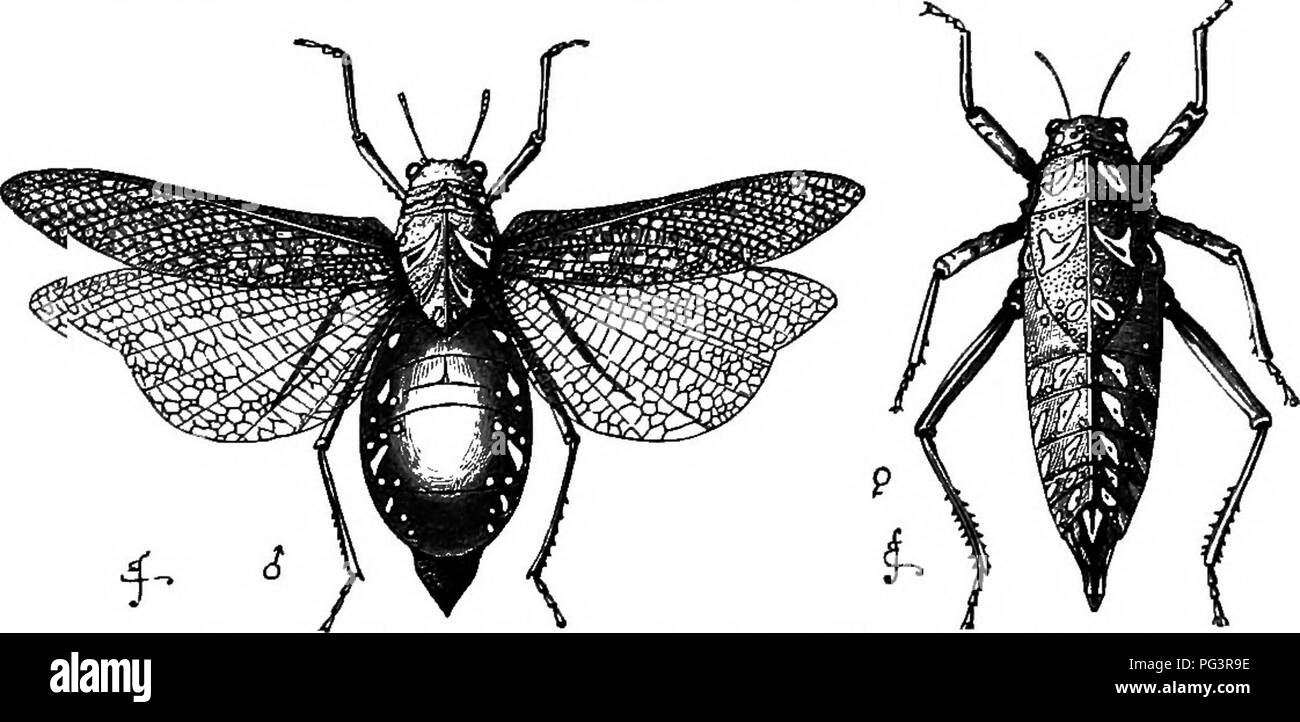. The study of animal life. Zoology. Backboneless Animals 241 appearance, with a soft and beautiful skin, with unjointed legs, with the halves of the ventral nerve-cord far apart, and with many other remarkable features, it has for us this special interest that it possesses the air-tubes characteristic of insects and also little kidney-lubes similar to those of Annelids. if) Myriapoda.—Centipedes and Millipedes.—These animals have very uniform bodies, there is little division of labour among the numerous appendages. The head is distinct, and bears besides the pair of antennae (which Peripatus

Image details
Contributor:
Central Historic Books / Alamy Stock PhotoImage ID:
PG3R9EFile size:
7.2 MB (330 KB Compressed download)Releases:
Model - no | Property - noDo I need a release?Dimensions:
2266 x 1103 px | 38.4 x 18.7 cm | 15.1 x 7.4 inches | 150dpiMore information:
This image is a public domain image, which means either that copyright has expired in the image or the copyright holder has waived their copyright. Alamy charges you a fee for access to the high resolution copy of the image.
This image could have imperfections as it’s either historical or reportage.
. The study of animal life. Zoology. Backboneless Animals 241 appearance, with a soft and beautiful skin, with unjointed legs, with the halves of the ventral nerve-cord far apart, and with many other remarkable features, it has for us this special interest that it possesses the air-tubes characteristic of insects and also little kidney-lubes similar to those of Annelids. if) Myriapoda.—Centipedes and Millipedes.—These animals have very uniform bodies, there is little division of labour among the numerous appendages. The head is distinct, and bears besides the pair of antennae (which Peripatus and Insects also have) two pairs of jaws. The Centipedes are flattened, carnivorous, and poisonous ; the Millipedes are cylindrical, vegetarian, and innocuous ; moreover, they have two pairs of legs to most of their segments.. Fig. 47.—Winged male and wingless female of Pneumora, a kind of grasshopper. (From Darwin.) (</) Insecta.—insects are the birds of the backboneless series. Like birds they are on an average active, most have the power of flight, many are gaily coloured, sense-organs and brains are often highly developed. Contrasted with Peripatus and Myriapods, they have a more compact body, with fewer but more efficient limbs. They are Arthropods, which are usually winged in adult life, breathe air by means of tracheae, and have frequently a metamorphosis in their life-history. To this definition must be added the anatomical facts that the adult body is divided into three regions, (i) a head with three pairs of mouth-appendages ( = legs) and a pair of sensitive outgrowths (antennae or feelers) in front of the mouth, (2) a thorax with three pairs of walking legs, and usually two pairs of vdngs, and (3) an abdomen without appendages, unless occasional stings, egg-laying organs, etc., be remnants of these. R. Please note that these images are extracted from scanned page images that may have been digitally enhanced for readability - coloration and appearance of th